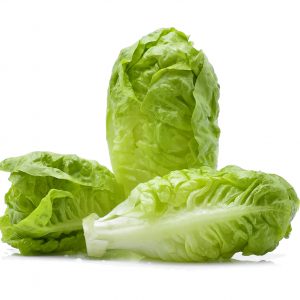Seasons/Availability
Iceberg lettuce is available year-round.
Current Facts
Iceberg lettuce, botanically classified as Lactuca sativa, is a member of the Asteraceae family. It is most commonly known for its use in salads, but it can also be used in sandwiches and other cooked preparations. Iceberg lettuce was first cultivated in 1894 by John Childs in Salinas Valley, California. Today Iceberg lettuce is one of the most widely consumed lettuces known.
Storage
Iceberg lettuce should be wrapped tightly in plastic wrap or stored in an airtight container and kept refrigerated at 32-40°F (0-4°C). The leaves will stay fresh for up to two weeks when handled properly.
Nutritional Value
Iceberg lettuce is a rich source of vitamins A, C, and K as well as folate. It also contains small amounts of calcium, phosphorus, manganese, zinc, and magnesium. It is low in calories and fat but high in fiber.
Applications
Iceberg lettuce is best suited for both raw and cooked applications such as grilling and roasting. When purchasing, select heads that have crisp leaves with no signs of wilting or yellowing. Iceberg can be used to add texture and crunch to salads or sandwiches. The leaves can be diced into cubes for use in soups or layered on top of tacos alongside other vegetables. Iceberg lettuce can also be blended into smoothies or mixed into fresh fruit juices for an added nutritional boost. In the kitchen, they can be grilled for a smoky flavor or roasted with other vegetables for a warm side dish.





